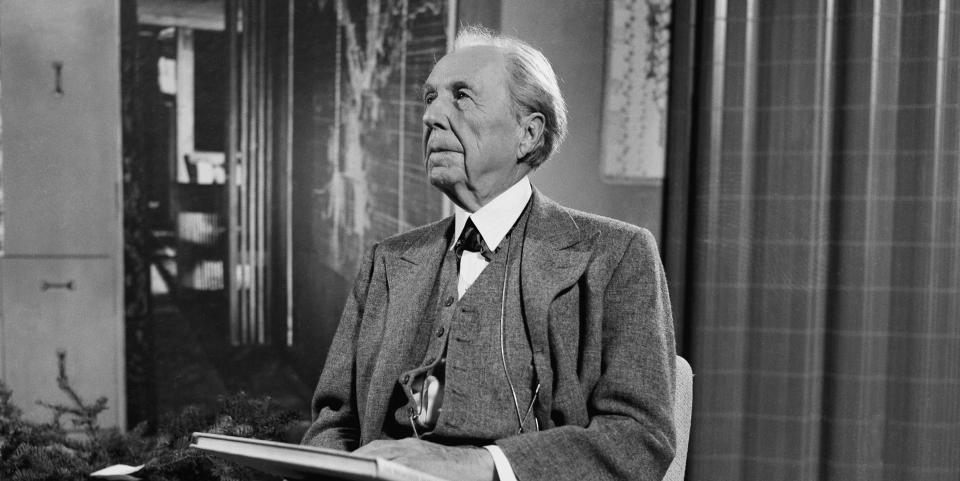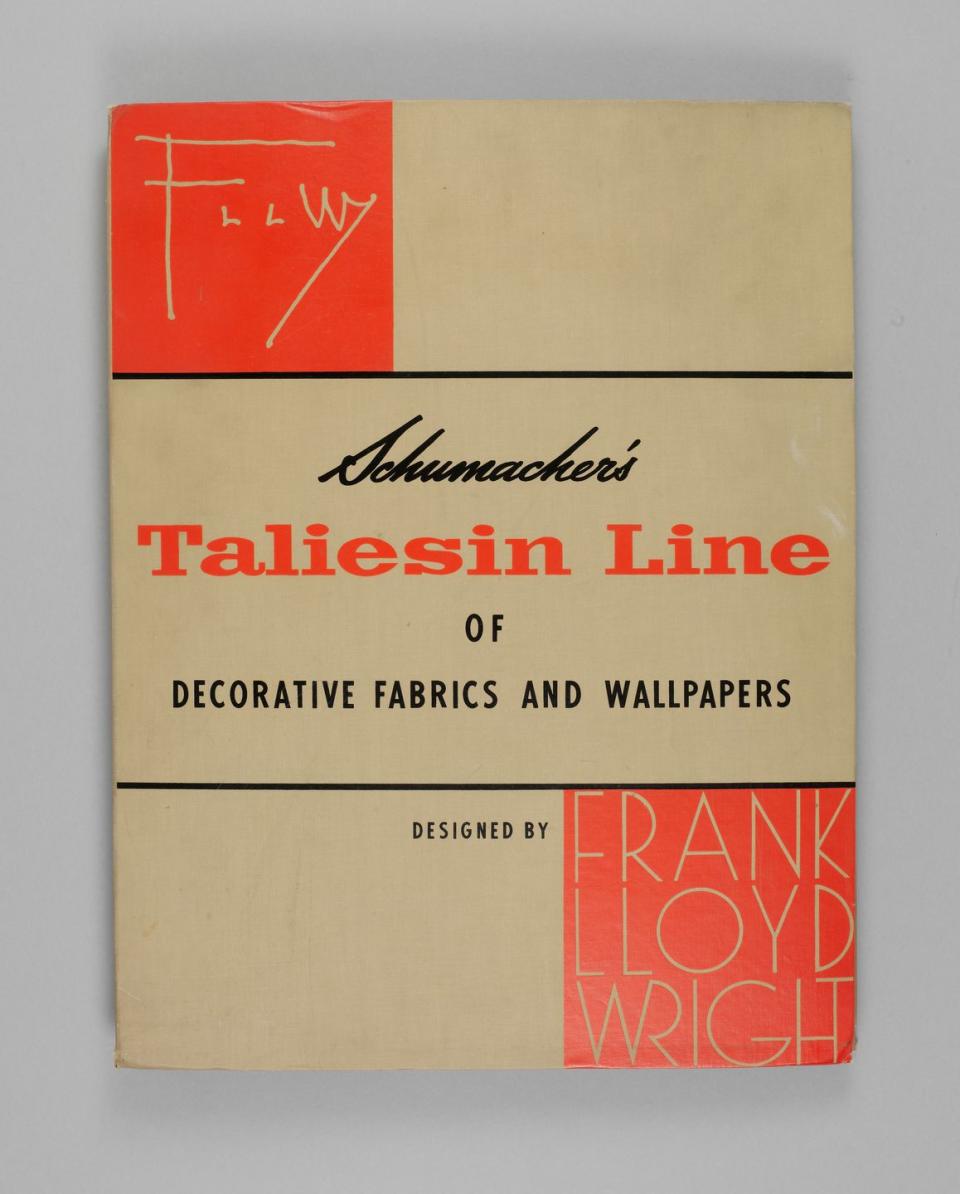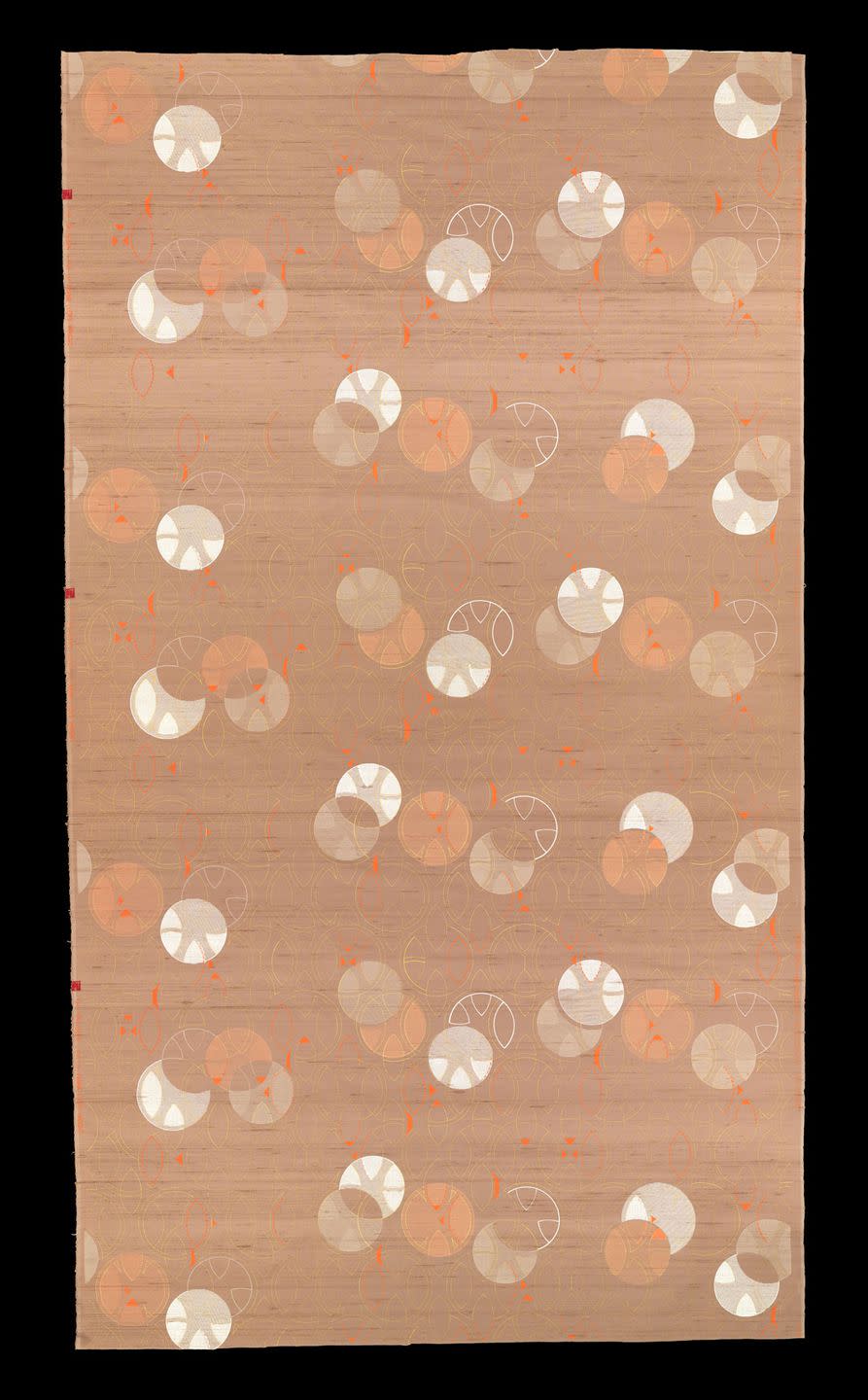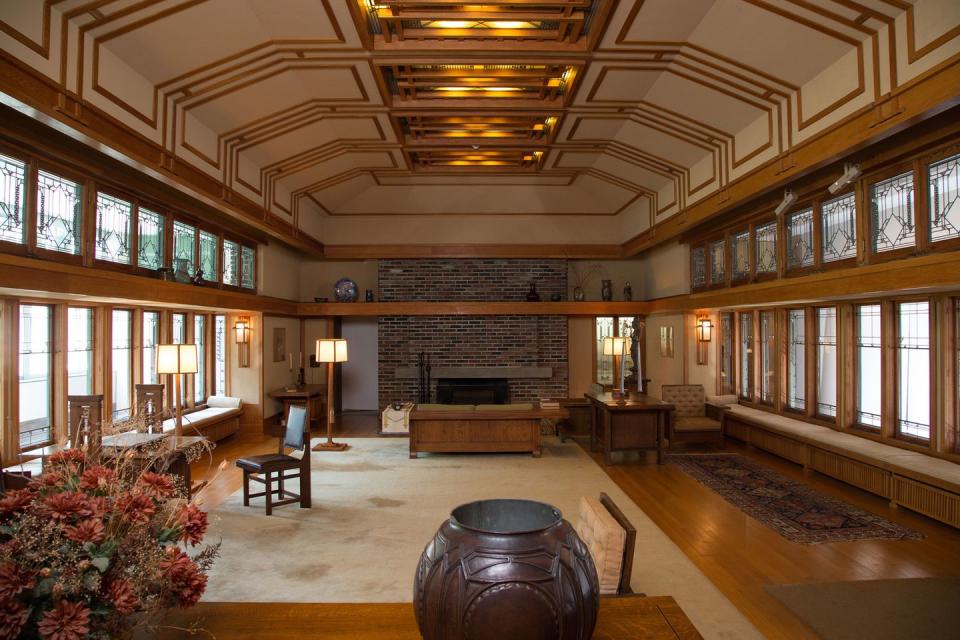You'll Be Obsessed with These Forgotten Fabrics and Accessories by Frank Lloyd Wright


Fallingwater, the Guggenheim, Prairie School houses: These are the works for which Frank Lloyd Wright, the pioneering American architect, is best known. But, with his insatiable appetite for aesthetic experimentation and belief in the whole home reflecting a unified style, Wright designed far more than buildings over the course of his prolific career. Now, Wright fans can get a peek at some of the design legends often-overlooked textiles and accessories, thanks to a new show at The Met-with an interesting House Beautiful connection.

Between 1955 and 1965, Wright, encouraged by his friend, House Beautiful editor-in-chief Elizabeth Gordon, designed a collection of work meant for affordable, mass-market appeal: textiles for Schumacher (which reissued some of the architect's design, in celebration of his 150th birthday in 2017), furniture for Heritage-Hendredon, paint for Martin-Senour, rugs for Karastan, and a series of wooden accessories, which were produced by Minic Accessories-the New York woodworkers tasked with building the sets for House Beautiful shoots.
These designs were featured in the November, 1955 issue of House Beautiful, which Gordon devoted entirely to Wright and his wide-reaching body of work. Last week, following a major acquisition last year, The Met installed nine fabric designs, a fabric sample book, and two prototypes for decorative vases in its Raffi textile center. In time with the exhibition, the museum has also released the entirety of the sample book (only 100 copies were ever produced), as well as all 29 FLW textiles in its collection on its website, where Wright fans can digitally browse.


"In the book, there are photographs of some of the houses he was working on at the time and you can really see how the houses inspired the designs," Amelia Peck, the supervising curator for the Raffi Textile Center, told me earlier this week as she walked me through the show, which is small in size but rich in its connections to Wright's larger body of work.

"What I think is funny is that Wright at this point is working on the Guggenheim and the Marin County Civic Center, which is also all circles," Peck says. "He goes through different geometric forms, and he was definitely in his circle piece," Peck continued, pointing to a fabric pattern full or arcs and circles in the show. "This piece, which was probably done by his team, but approved by Wright, is just so classically in the Guggenheim, Civic Center moment where his obsession with circles has taken over."
Other textiles can be tied to different Wright buildings: One is a reproduction of a design he made for Tokyo's Imperial Hotel in 1914, while others have graphic patterns that echo the lines of his Prairie Style homes.

In timing with the textile and accessory show is an exhibit in the Prints & Drawings wing of several drawings Wright did for the Little family, whose Minnetonka living room is also at The Met. "This is kind of an amazing way of expanding our archives into an in-depth look at one relationship," curator Femke Speelberg explains.
That is to say: Frank Lloyd Wright fans, get yourselves to The Met. And, if you're wishing you could've owned some of these pieces, good news: You just may be able to very soon, thanks to a new initiative by the Frank Lloyd Wright Foundation. Talk about a lasting legacy.
Follow House Beautiful on Instagram.
('You Might Also Like',)
